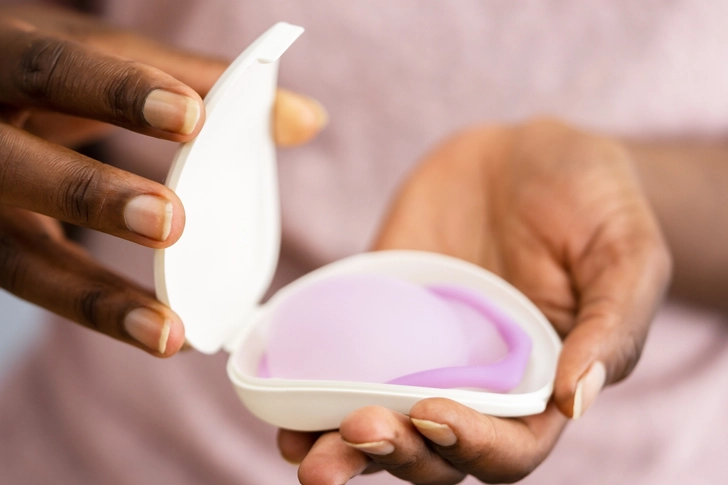- Overview
- Types
- Hormonal Methods
- Barrier Methods
- Behavioral Methods
- Medical Methods
- Male Birth Control
- Emergency Contraception
- Side Effects & Complications
- View Full Guide
Nonhormonal Birth Control Options


Understanding Nonhormonal Methods
Nonhormal birth control is any method that doesn't affect a woman's hormones. Condoms are a well-known type, but there are many others.

Barrier Methods
Condoms, diaphragms, spermicides, and cervical caps are common barrier methods. They physically block sperm from reaching the egg. Condoms have the added benefit of providing protection from STIs.

Long-Term Medical Options
Copper IUDs and sterilization provide long-term, hormone-free birth control. Copper IUDs can last up to 10 years, while sterilization (a vasectomy or having your tubes tied) is permanent.

Behavioral Methods
Natural family planning and withdrawal means you must track your ovulation and time intercourse carefully. These methods require diligence and self-control but can be effective with proper use.

What's the Most Effective Method?
After sterilization, copper IUDs are the most effective non-hormonal option. Your chances of getting pregnant are less than 1 in 100 for copper IUDs. Spermicides (foam, gel, or suppositories) used by themselves are the least effective, raising your chances to 1 in 4.

Finding the Right Fit
There are many reasons to choose nonhormonal birth control methods and plenty of options to choose from. Your health care provider can help you find the best method for your lifestyle, health, and reproductive goals.
Photo Credits:
1) fongbeerredhot/Shutterstock
2) Andrey_Popov/Shutterstock
3) Yashkin Ilya/Shutterstock
4) Yashkin Ilya/Shutterstock
5) New Africa/Shutterstock
6) Inside Creative House/Shutterstock
SOURCES:
Guttmacher Institute: “Contraceptive Use in the United States.”
Options for Sexual Health: “Barrier Methods,” “Hormonal Methods.”
Kidshealth.org: “Birth Control Methods: How Well Do They Work?”
The New England Journal of Medicine: “Contemporary Hormonal Contraception and the Risk of Breast Cancer.”
CDC: “Effectiveness of Family Planning Methods.”
Familydoctor.org: “Urinary Tract Infections.”
American Pregnancy Association: “Cervical Cap.”
Cleveland Clinic: “Birth Control Options.”
Mayo Clinic: “Spermicide,” “Diaphragm,” “Cervical Cap,” “Mirena (hormonal) IUD,” “Contraceptive Implant.”
Cornell Health: “Non-hormonal Methods of Contraception.”
U.S. Department of Health and Human Services Office of Population Affairs: “Male condom.”
American College of Obstetricians and Gynecologists: “Barrier Methods of Birth Control: Spermicide, Condom, Sponge, Diaphragm, and Cervical Cap.”
UpToDate: “Patient education: Birth control; which method is right for me? (Beyond the Basics),” “Patient education: Permanent birth control for women (Beyond the Basics),” “Patient education: Vasectomy (Beyond the Basics.”
American Journal of Public Health: “Outercourse as a safe and sensible alternative to contraceptives.”
Nemours/TeensHealth: “Withdrawal,” “Fertility Awareness.”
U.S. Department of Health and Human Services Office on Women’s Health: “Birth control methods.”
CDC: “Contraception.”